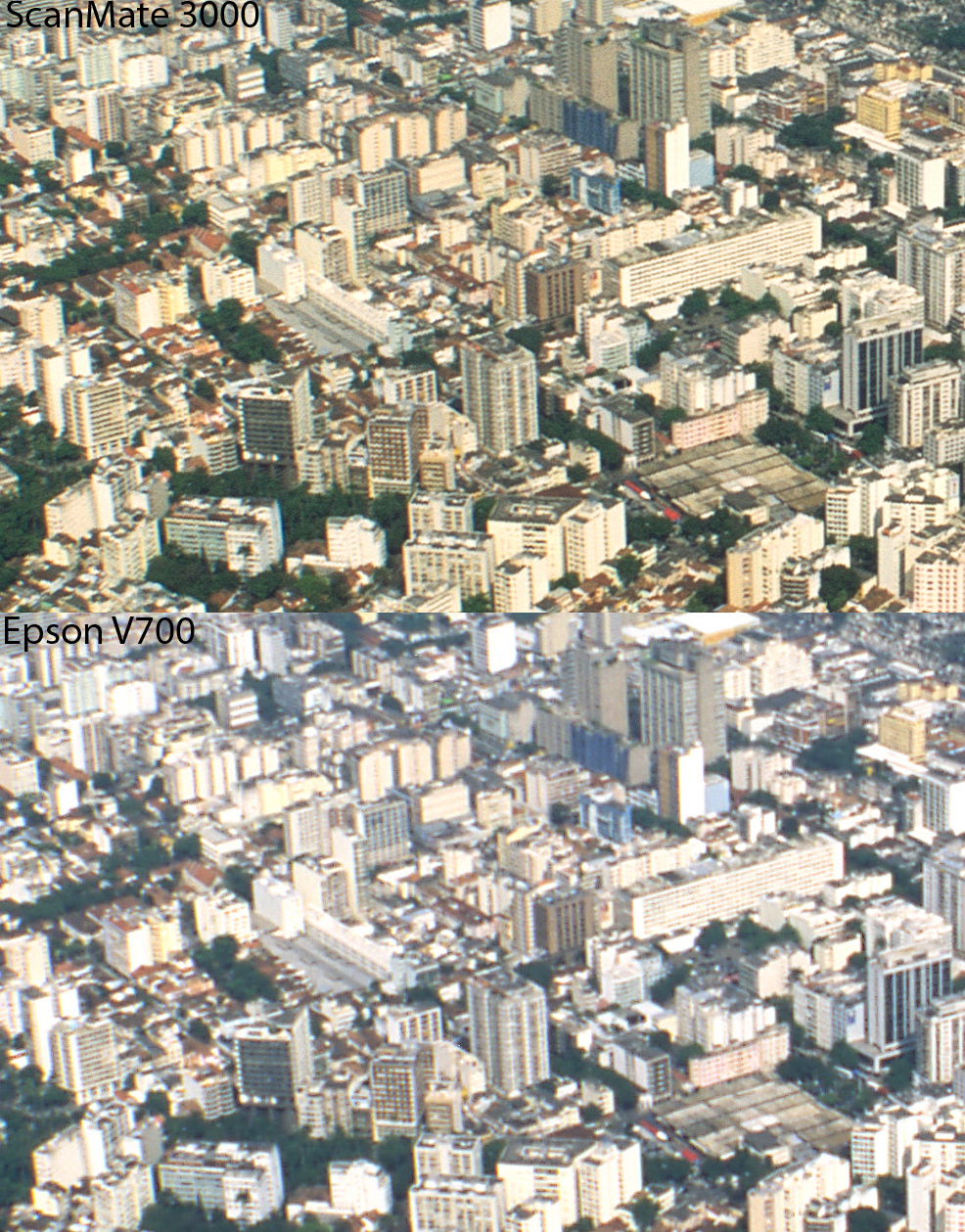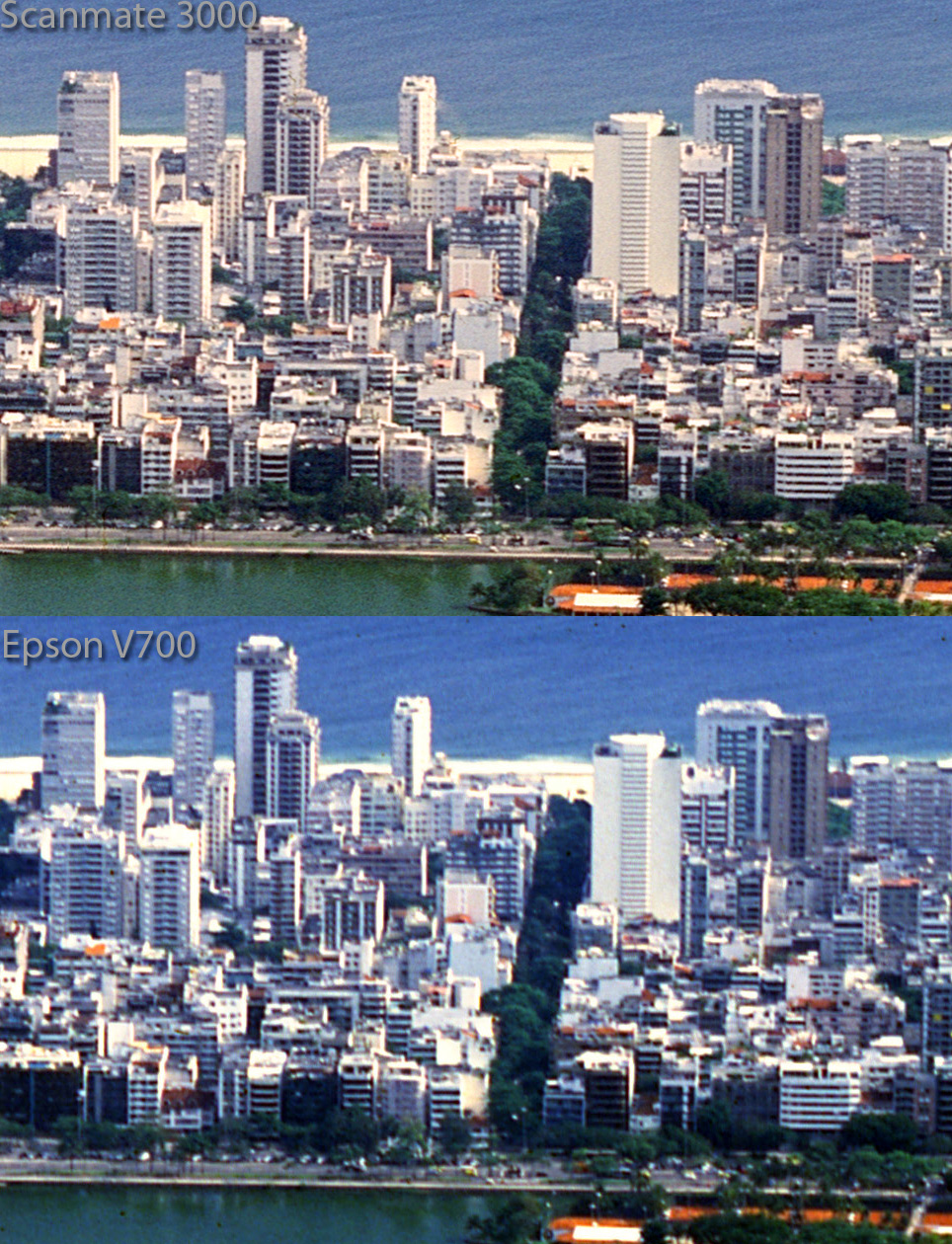14.6.13
Random Quote
"The fact is I could state and support the statement my frames are never
tilted. You see, choosing the horizon line, the horizontal edge as a
point of reference, is arbitrary. You can use a vertical edge just as
arbitrarily." Garry Winogrand
11.6.13
When digital comes to help film shooters
We certainly live in a weird era of humankind...while many of us, analog photographers mourn the "old good days" when you could get all the photo materials one could ask (including the revered Kodachrome), there are some good things in being dived into the digital age. Even for "pure" analog lovers. Sometimes, digital gadgets just come in handy for the analog world as well. Oriol Garcia kindly asked me for the opinion about his new iPhone application (PhotoExif) he wrote. The application is intended to store EXIF and GPS data of analog shots which can then be useful later when these shots are digitized. While not being an iPhone user myself, I can hardly comment the whole thing per se, but I like the idea...
21.4.13
Mathieu Noir’s Portfolio
Dear Readers,
It’s been quite a while since we
hosted the last portfolio (for reasons pointed out formerly). I am quite sure
anyone of you, when you see a hand-tinted BW photo, first thinks about Jan
Saudek. Not wanting to be unjust about the Maestro-his photos deserve
admiration-but there are others (albeit few) masters of hand-tinted BW photos,
including the young French photographer Mathieu Noir, currently residing in Wellington (New Zealand). The only trouble with
the young masters of the hand-coloring technique, including Mathieu, is that they
are not as famous as the great Saudek. I hope Mathieu will gain the due
recognition among the photo community. But there’s more about Mathieu’s work;
he also tastefully masters the art of
pull-developing his negatives-take a look at the “creamy” highlights of his
“regular” BW photos-and, last but not least, the almost forgotten art of analog
photo manipulation (no Photoshop whatsoever). He uses several negatives (even
shot in different places or countries) and combines them during the printing
process. About the latter technique, he states “I like the idea of capturing
places or moments that never met to achieve one photograph”- so true. He
started to do these photo manipulation techniques because both
pre-visualization and post-visualization abilities are obviously required. He
also says about the matter: “The photographs I make can be aesthetically
coherent, but I try to create then in order to be read such as independent
visual poetry.” I agree. And to point out is also the fact that all this
striking results have been made using rented darkrooms, not his own (not having
one a the moment). We can only wish Mathieu to get a lucky strike soon, to be
able to settle his own “sacred place”, i.e. the darkroom.
Besides Saudek, his influences range
broadly, from the early anonymous photographers, as well as numerous
Eastern-European photographers, such as, Vojtech V. Slama, Josef Sudek, and
other various like Ouka Lele, Sarah Moon, Doisneau and so on.
Mathieu’s other work can be seen on his website. His wish is to make a
photography exhibition at Toi
Poneke Art
Gallery entitled “Hand Colored
Visions and Skies”. And we just hope this exhibition will be soon. Enjoy his
work!
All photos copyright: Mathieu Noir
11.2.13
When Instant Film becomes a Movie
No, it's not another failed attempt (like some 3 decades ago) to launch the Polavision film. Rather, it is an exquisite result of a stop-motion video created from hundreds of instant films from the Impossible. Here, Walter Lukens (and the team) created the last videospot in NYC.
20.1.13
The Caffenol Cookbook
Caffenol, in all its variants, has no doubt became a venerable contemporary film developer. Not only because it uses only widely available, non-toxic components, but also because it gives good results with many BW films. So it's no surprise so many analog photographers adopted caffenol (in one or a few variants) as their developer of choice. By the end of last year, 8 photographers issued a fantastic (albeit only online) Caffenol Cookbook Bible. It's not only a collection of developer recipes, there's also a brief portfolio from each of those photographers. Among them, there's also Martina Woll, who has been featured on TAP some months ago. Enjoy the Cookbook!
10.12.12
PhotoKlassik: a new Analog Magazine on the Block!
Thomas Maschke (the editor) kindly asked me to post the notification about their new analog photo magazine, namely PhotoKlassik, on our site. How could I ever refuse such a proposal! PhotoKlassik, for now, comes only in printed form, and in German language. Anyway, those of you dear Readers who speak German (and there are so many German visitors on our blog, at least 30%) can be glad to have another quality publication in our realm. For the others, we can just hope an English version will follow soon. And maybe also a web version (or at least the excerpts). I just wish to the PhotoKlassik team to keep the good work going on!
3.12.12
Let the Drum Scanner be the Judge of Your Shots!
It's been quite a while since we've been posting anything here. But I thought that would well be worth to post, to demistify certain misconceptions about the "high" resolution of contemporary consumer (or even prosumer) scanners. Fact is, our featured (and excellent, too) photographer, Margus has been in the "drum scanner business" (so to speak) for quite a while. And he's got enough guts to take the bumpy (and expensive) road to restore a drum scanner back in working order. Bravo!
Anyway, I dared to post a couple of photos (retrieved from his photostream). These pics very explicitely show the obvious superiority of a drum scanner, even though with such a "low" (nominal) resolution of 3000 ppi and the "modest" Dmax of 3.6.
 | |
| Copyright Margus Sootla. Retrieved from Flickr. |
 |
| Copyright Margus Sootla. Retrieved from Flickr. |
Now, a question arises very naturally: if drum scanners would be more common (=affordable to use) in the past years, how many more photographers would stick with film (or at least for a much longer time)???
Margus, my very compliments for the excellent scanner restoration job!
Mitja
Subscribe to:
Posts (Atom)










